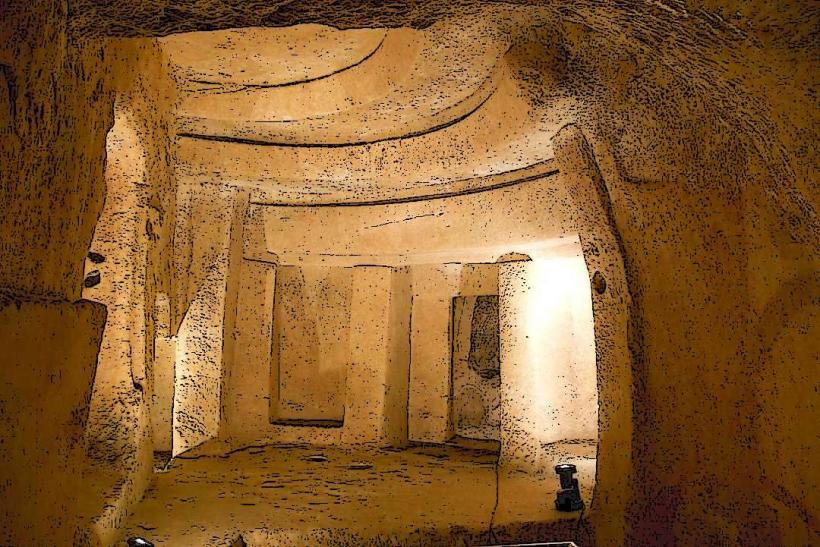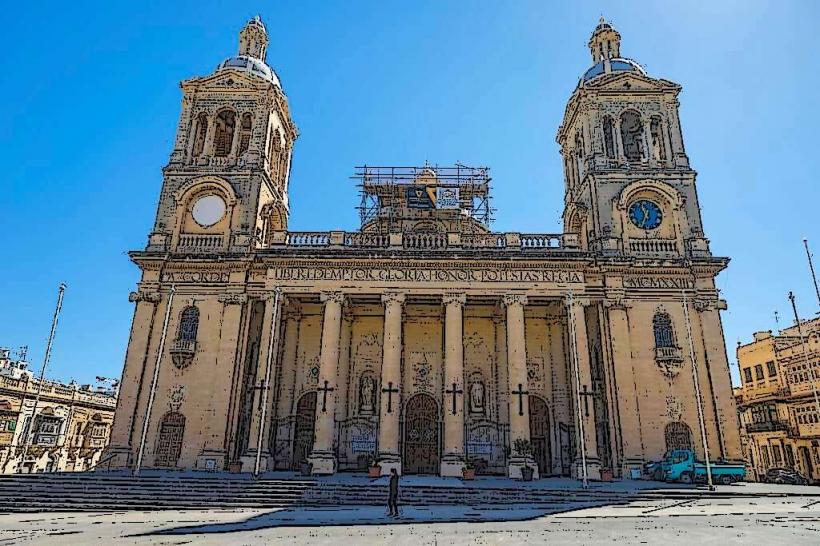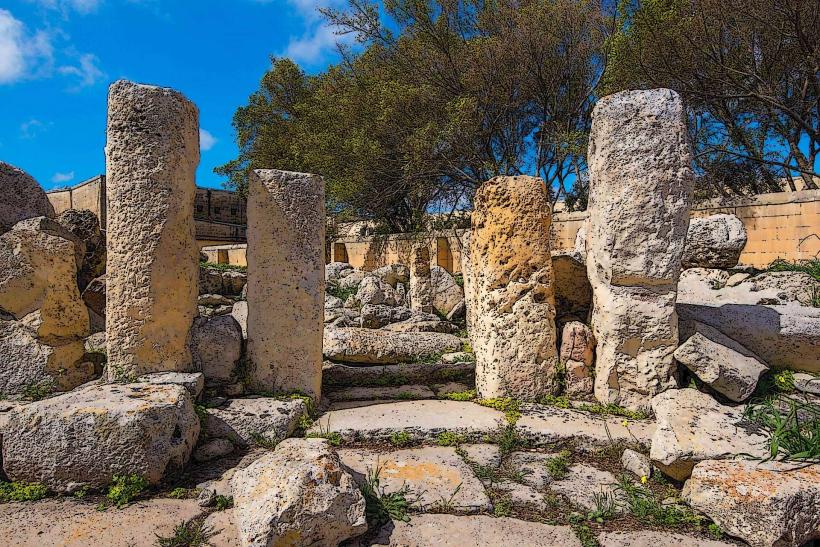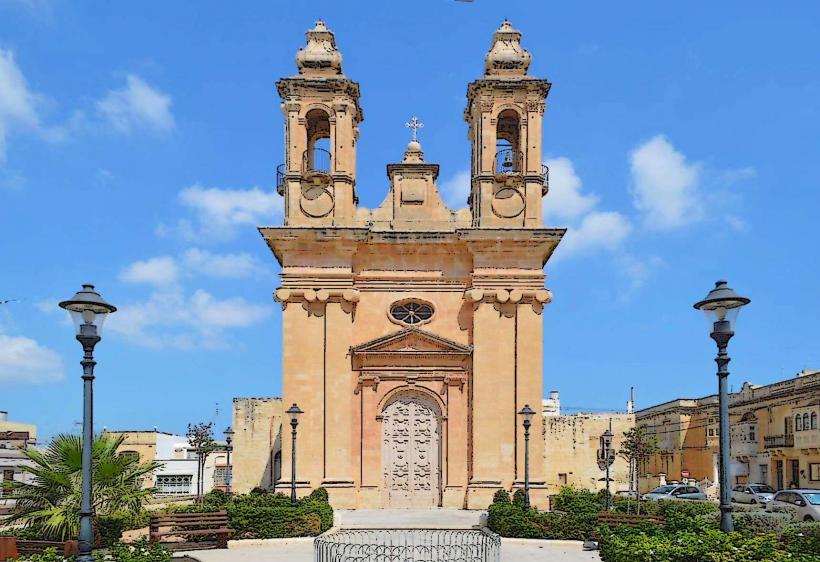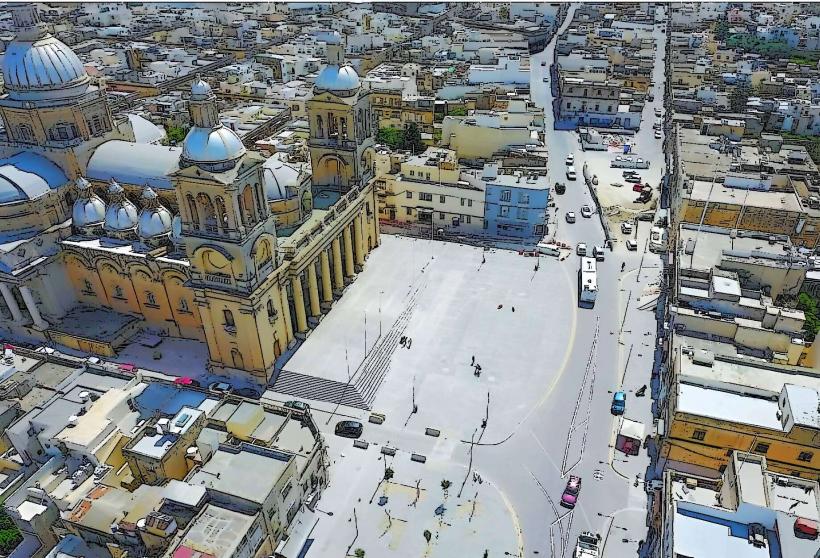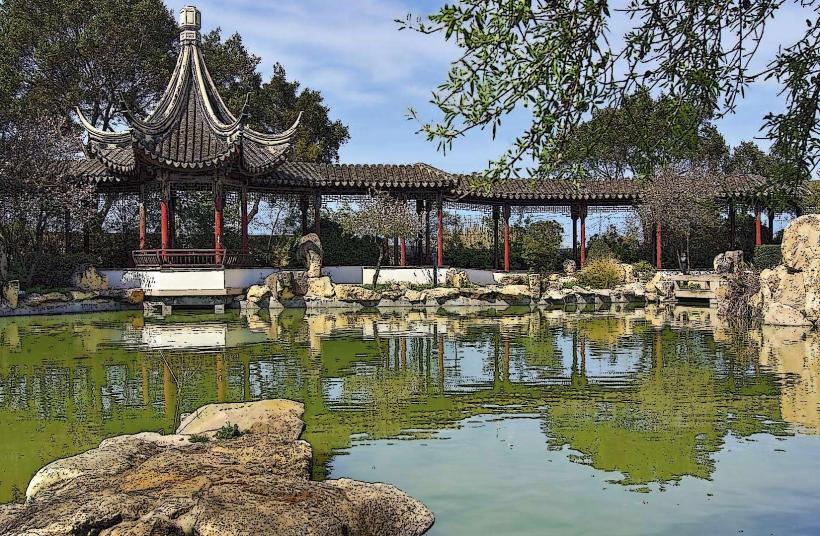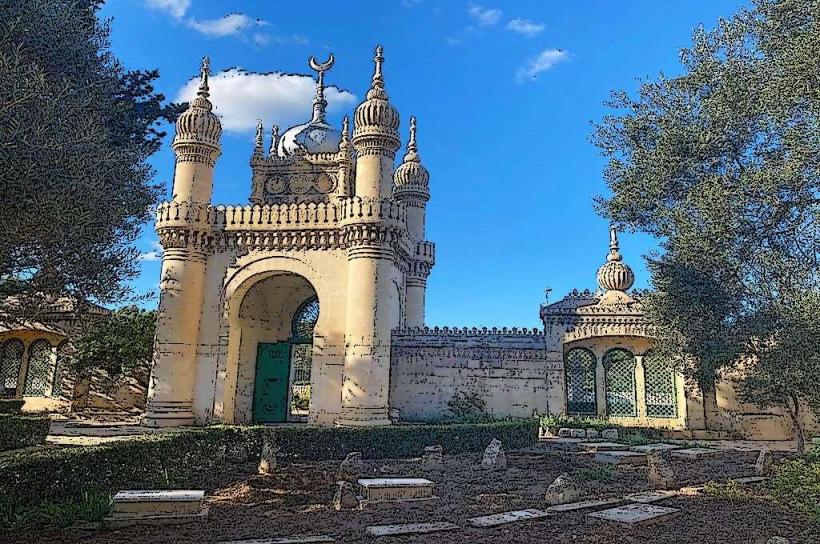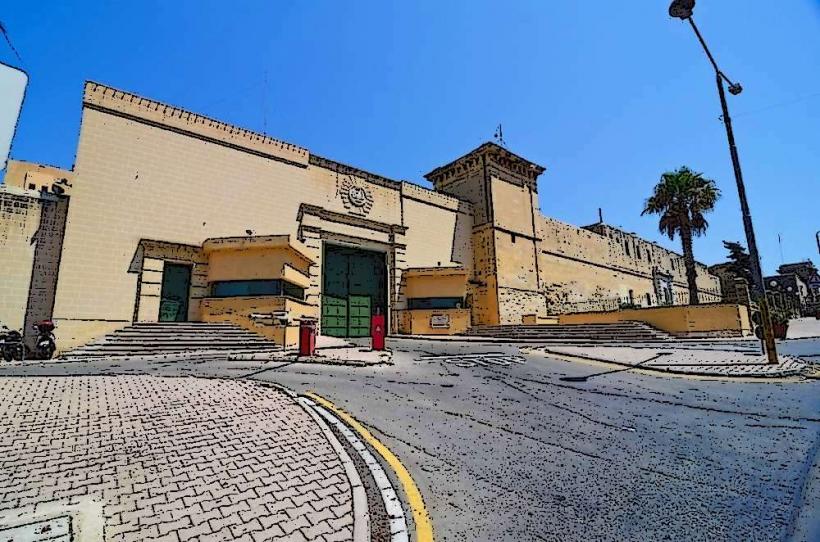Information
Landmark: Tarxien TemplesCity: Paola
Country: Malta
Continent: Europe
Tarxien Temples
The Tarxien Temples, located in Tarxien, Malta, are a complex of four megalithic structures dating back to between 3600 BCE and 2500 BCE. This UNESCO World Heritage Site is one of the best-preserved examples of Malta's prehistoric temple culture, showcasing the advanced engineering, artistry, and spiritual life of the Neolithic inhabitants.
Historical Background
- Construction: Built during the Temple Period (3600–2500 BCE), the temples reflect the pinnacle of megalithic architecture in Malta.
- Rediscovery: They were rediscovered in 1913 by local farmers, and subsequent excavations revealed their significance.
- Cultural Use: The site was primarily a religious center, possibly used for rituals, sacrifices, and communal gatherings.
Architectural Layout
The Tarxien Temples consist of four interconnected temple units, each with unique features and designs:
1. East Temple
- The most elaborately decorated part of the complex.
- Features carvings of spirals, plants, and animals, symbolizing fertility and life.
2. South Temple
- Known for its massive stone altars and reliefs depicting domestic animals like goats and pigs.
- It is believed to have been the site of sacrifices and offerings.
3. Central Temple
- The largest structure, with a trefoil (cloverleaf-shaped) design.
- Includes massive slabs with intricate carvings, showcasing the artistic sophistication of the builders.
4. North Temple
- The oldest part of the complex, less ornate but significant for its evidence of earlier construction techniques.
Key Features
1. Megalithic Stones
- The temples were constructed using massive limestone blocks, some weighing several tons.
- Corbelling techniques were employed to create domed spaces, a precursor to modern architectural methods.
2. Spiral Motifs
- Decorative carvings of spirals, believed to symbolize eternity or life cycles, are prominently displayed.
3. Animal Reliefs
- Depictions of animals suggest the site's role in agricultural and fertility rituals.
4. Altar Stones
- Massive, hollowed stones used for offerings, hinting at ritualistic practices.
5. Oracle Holes
- Small, circular openings believed to have been used in ceremonial communication or for the passage of offerings.
Cultural and Religious Significance
The Tarxien Temples likely served as a hub for religious and communal activities. The focus on fertility, nature, and life cycles suggests a deep reverence for the natural world and its regenerative powers.
Discoveries at the Site
- Statues and Figurines: Including fragments of a "fat lady" statue, interpreted as a fertility goddess.
- Tools and Pottery: Indicating advanced craftsmanship and daily life activities.
- Burial Evidence: Cremated human remains found at the site suggest a shift from temple use to funerary purposes in later periods.
Visiting the Tarxien Temples
1. Visitor Amenities
- The site is well-maintained, with walkways allowing visitors to explore the temples without damaging the structures.
- Interpretive panels and displays provide context about the history and significance of the site.
2. Preservation Efforts
- The temples are protected by a shelter, added to minimize exposure to the elements and prevent further erosion.
3. Proximity to Other Sites
- The Ħal Saflieni Hypogeum is nearby, making it easy to explore both on the same trip for a comprehensive understanding of Malta’s prehistoric culture.
UNESCO World Heritage Status
The Tarxien Temples, along with other megalithic temples in Malta, were inscribed on the UNESCO World Heritage list in 1980 for their outstanding universal value as some of the earliest free-standing stone structures in the world.
Summary
The Tarxien Temples stand as a testament to Malta’s ancient civilization, reflecting their ingenuity, artistic ability, and spiritual life. For history enthusiasts, the site offers a window into a prehistoric world that thrived thousands of years ago, leaving behind an enduring legacy in stone.

